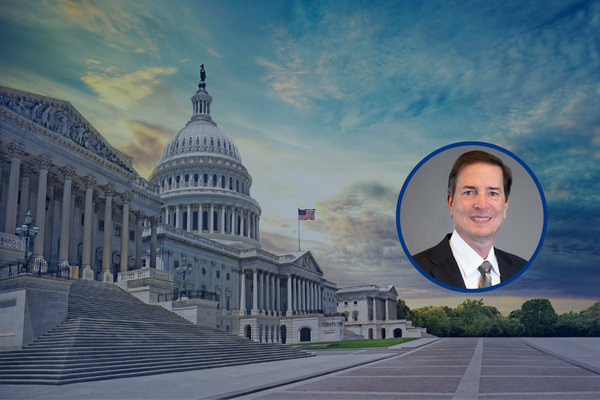
Managing Regulatory Shifts with a Consumer-First Overdraft Strategy
Categories:
Explore key questions about fee fairness, transparency, and program value while maintaining revenue stability.
Balancing consumer protection with sustainable revenue models has become a core challenge for community banks and credit unions. For some, the pending rule from the Consumer Financial Protection Bureau (CFPB) has created uncertainty about the future of overdrafts. From concerns about fee reductions to evolving consumer expectations, here are some of the top questions we are hearing:
- Are overdraft fees going away?
- Are overdraft fees considered junk fees?
- Will lowering our overdraft fee significantly impact revenue?
- Do consumers see the value in overdraft protection programs?
These concerns are valid, especially as we await the CFPB’s next steps. This moment is the ideal opportunity to refine overdraft strategies with a consumer-first focus that aligns with shifting regulator expectations.
Are overdraft fees going away?
While overdraft fees are not disappearing, regulators are increasingly focused on fairness and responsible practices.
Regulatory scrutiny of overdraft programs has intensified to eliminate harmful practices, including excessive fees. However, many consumers still face urgent cash flow needs that responsibly managed overdraft programs can address.
A study by MarketWatch Guides found that 48% of Americans feel financially strained, and 66.2% live paycheck to paycheck. Short-term support is essential for many, which is why overdraft programs remain relevant. Community financial institutions can make programs more consumer-friendly by:
- Capping total daily fee charges to limit financial strain
- Implementing grace periods that allow flexibility
- Offering clear and transparent disclosures, explaining limits and all potential options
- Eliminating excessive fees
By adapting their programs proactively, financial institutions can compliantly deliver meaningful value and support.
Are overdraft fees considered “junk” fees?
In recent years, “junk fees” have become a focal point in discussions about consumer protection. These fees are typically defined as excessive, unexpected fees that provide no meaningful service and are not subject to normal competitive forces.
Consumers feel differently about fees when they understand their purpose and recognize their value. While “junk fee” has become a catch-all term for disliked charges, community institutions can differentiate themselves by ensuring their fees are:
- Transparent and clearly communicated
- Tied to specific, valuable services
- Aligned with consumer expectations
Evaluating fee structures with these principles ensures they feel purposeful, not arbitrary.
Will lowering our overdraft fee significantly impact non-interest income?
Non-interest income loss is a significant concern for financial institutions striving to balance what is helpful for account holders with financial performance. Adjusting overdraft fees doesn’t have to sacrifice income if approached strategically.
By evaluating program utilization data, competitive benchmarks, and market conditions, fee structures can align with consumer expectations without negatively impacting income. When revisiting fee strategies, be sure to consider:
- Is the fee necessary and appropriately priced?
- What is the financial impact of adjusting it?
- Does it align with both account holder expectations and institutional goals?
A proactive approach ensures that fee adjustments are improvements to the account holder experience rather than a reactive response to regulatory pressures.
Do consumers want or need overdraft protection?
We work with clients who’ve seen higher engagement when account holders fully understand the benefits and how it works.
Consumers’ financial needs are clear, with numerous reports highlighting the pressures across all income levels and demographics. Community financial institutions are uniquely positioned to provide a reliable resource for managing unexpected expenses. A consumer-friendly overdraft program meets diverse needs and eliminates the need for account holders to seek harmful alternatives elsewhere.
Moving forward
As the CFPB continues to shape overdraft programs, financial institutions adopting a consumer-first mentality will be better positioned to thrive. The question isn’t whether overdraft fees must change but how financial institutions can support consumers while maintaining financial viability.
Community banks and credit unions can lead the industry in offering responsible, value-driven overdraft services by building thoughtful fee structures, promoting transparent policies, and meeting consumer needs.
Learn more in our webinar, “A Consumer-First Approach to Overdrafts,” for more actionable tips to future-proof your overdraft strategy.
Contact your local ADVANTAGE representative for a complimentary analysis or to learn more.
Stay connected with our latest insights by subscribing—visit advantage-fi.com/newsletter.
John Cohron is the Chief Executive Officer of ADVANTAGE, a premier provider of strategic growth solutions for community banks and credit unions. With over 20 years of expertise in consulting operations and technology development, John is a visionary leader dedicated to driving innovation and sustainable growth, helping financial institutions strengthen their competitive position.




